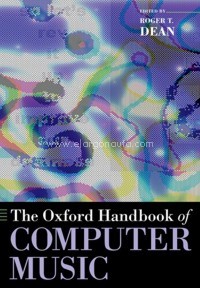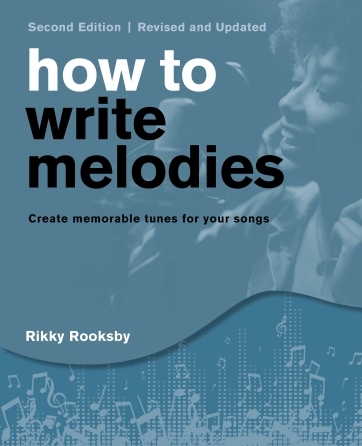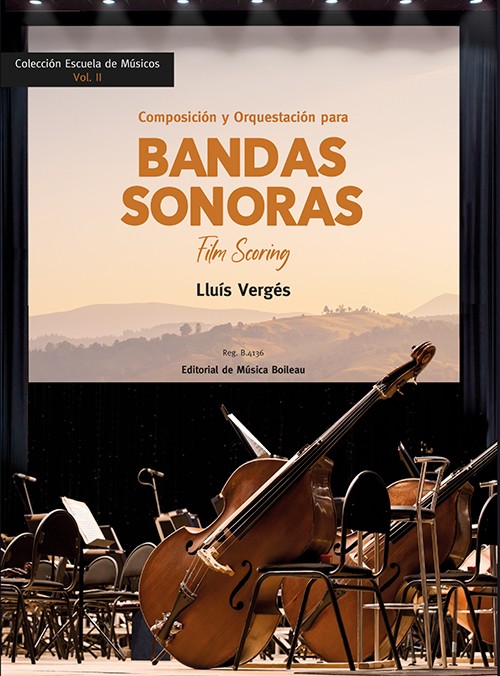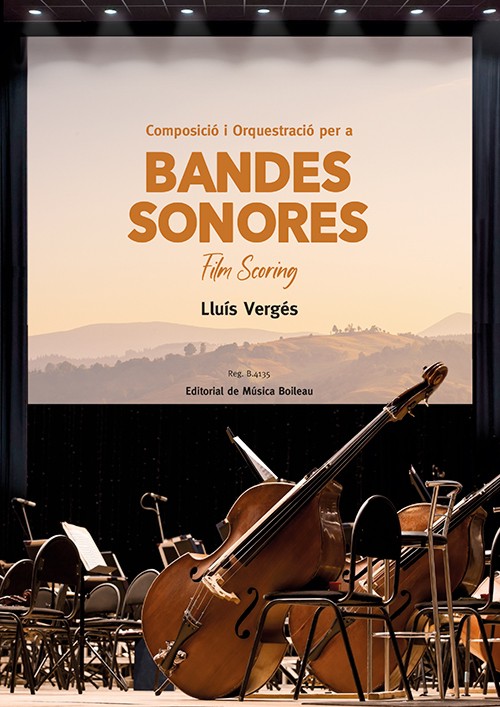
The Oxford Handbook of Computer Music
Dean, Roger T.
Oxford University Press. 2011Ficha técnica
- EAN: 9780199792030
- ISBN: 978-0-19-979203-0
- Editorial: Oxford University Press
- Fecha de edición: 2011
- Encuadernación: Rústica
- Dimensiones: 23x15
- Idioma: Inglés
- Nº páginas: 624
Impresión bajo demanda
Disponibilidad sujeta a la información del editorPVP. 83,90€
Añadir a la Lista de deseos
"The Oxford Handbook of Computer Music" offers a state-of-the-art cross-section of the most field-defining topics and debates in computer music today. A unique contribution to the field, it situates computer music in the broad context of its creation and performance across the range of issues - from music cognition to pedagogy to sociocultural topics - that shape contemporary discourse in the field.
Fifty years after musical tones were produced on a computer for the first time, developments in laptop computing have brought computer music within reach of all listeners and composers. Production and distribution of computer music have grown tremendously as a result, and the time is right for this survey of computer music in its cultural contexts. An impressive and international array of music creators and academics discuss computer music's history, present, and future with a wide perspective, including composition, improvisation, interactive performance, spatialization, sound synthesis, sonification, and modeling. Throughout, they merge practice with theory to offer a fascinating look into computer music's possibilities and enduring appeal.
CONTENIDO:
1: Introduction: The many futures of computer music (Roger T. Dean)
Section I: Some histories of computer music and its technologies
2: A historical view of computer music technology (Douglas Keislar)
3: Early hardware and early ideas in computer music - their development and their current forms (Paul Doornbusch)
4: Sound synthesis using computers (Peter Manning)
Section II: The Music
5: Computational approaches to composition of notated instrumental music: Xenakis and the other pioneers (James Harley)
6: Envisaging improvisation in future computer music (Roger T. Dean)
Section III: Sounding Out
7: Computer music: some reflections (Trevor Wishart)
8: Some notes on my electronic improvisation practice (Tim Perkis)
9: Combining the acoustic and the digital: music for instruments and computers or pre-recorded sound (Simon Emmerson)
Section IV: Creative and Performance Modes
10: Dancing the music: interactive dance and music (Wayne Siegel)
11: Gesture and morphology in laptop music performance (Garth Paine)
12: Sensor based musical Instruments and interactive music (Atau Tanaka)
13: Spatialisation and computer music (Peter Lennox)
14: The voice in computer music and its relationship to place, identity and community (Hazel Smith, Noam Sagiv, Freya Bailes and Roger T. Dean)
16: An introduction to data sonification (David Worrall)
17: Electronica (Nick Collins)
18: Generative algorithms for making music: emergence, evolution and ecosystems (Jon McCormack, Alice Eldridge, Alan Dorin and Peter McIlwain)
Section V: Cognition and Computation of Computer Music
19: Computational modelling of music cognition and musical creativity (Geraint A. Wiggins, Marcus T. Pearce and Daniel Mullensiefen)
20: Soundspotting: a new kind of process? (Michael Casey)
Section VI: Sounding Out
21: Interactivity and improvisation (George E. Lewis)
22: From outside the window: electronic sound performance (Pauline Oliveros)
23: Empirical studies of computer sound (Freya Bailes and Roger T. Dean)
Section VII: Cultural and Educational Issues
24: Toward the gender ideal (Mary Simoni)
25: Sound-based music 4 all (Leigh Landy)
26: Framing learning perspectives in computer music education (Joran Rudi and Palmyre Pierroux)
Appendix
27: A chronology of computer music and related events (Paul Doornbusch)
Contributors





